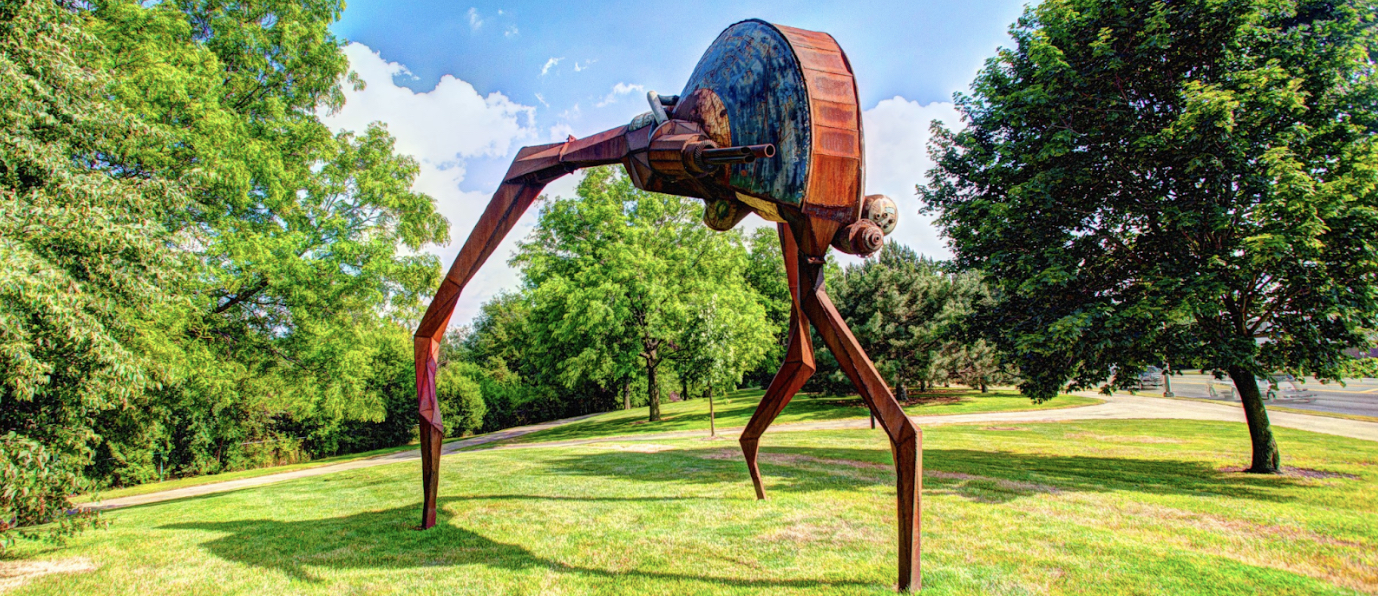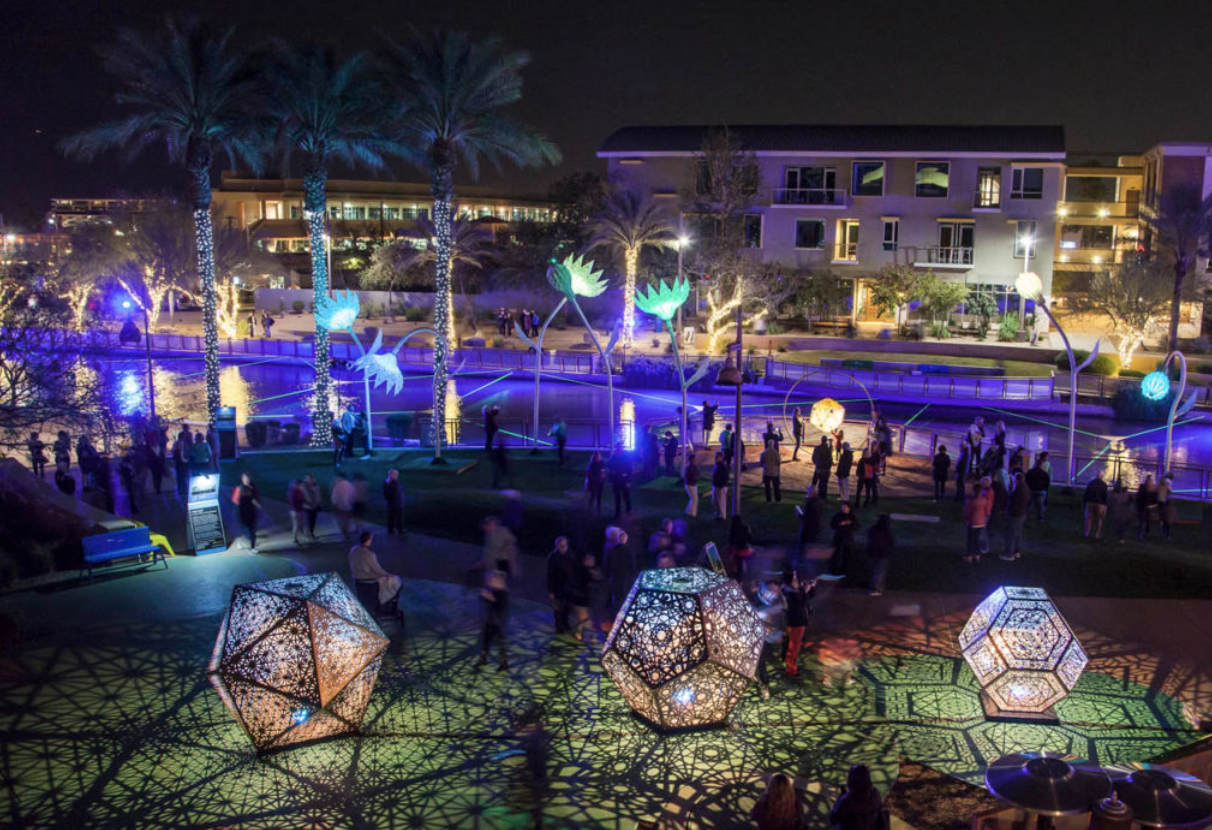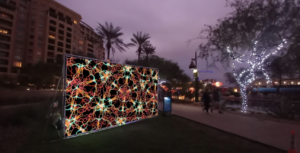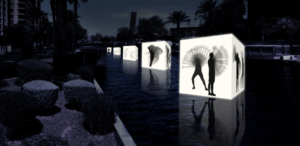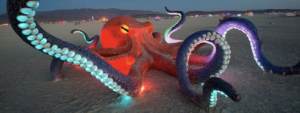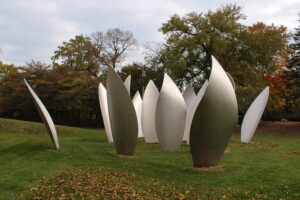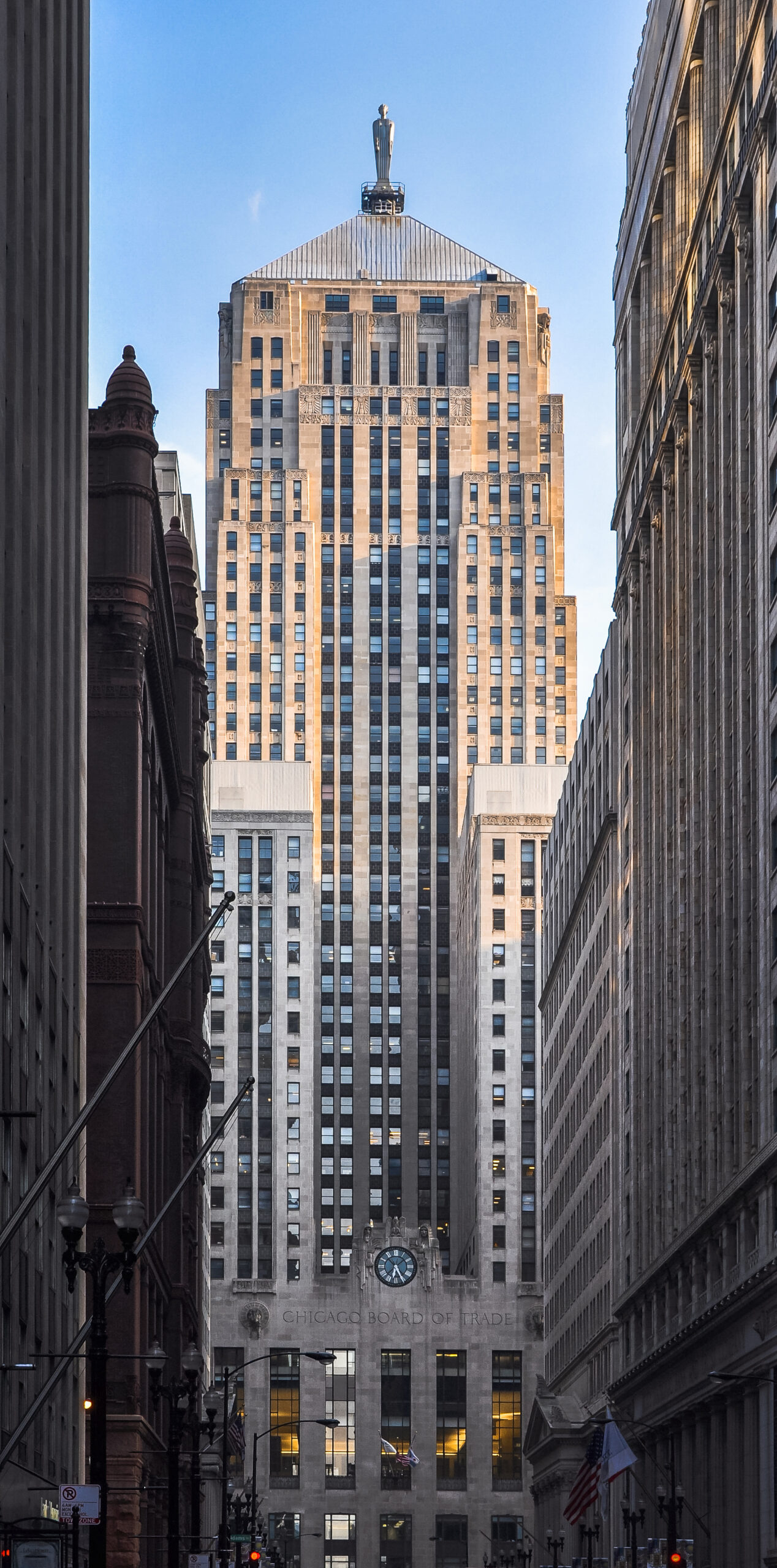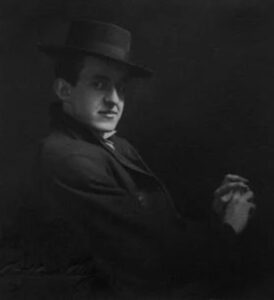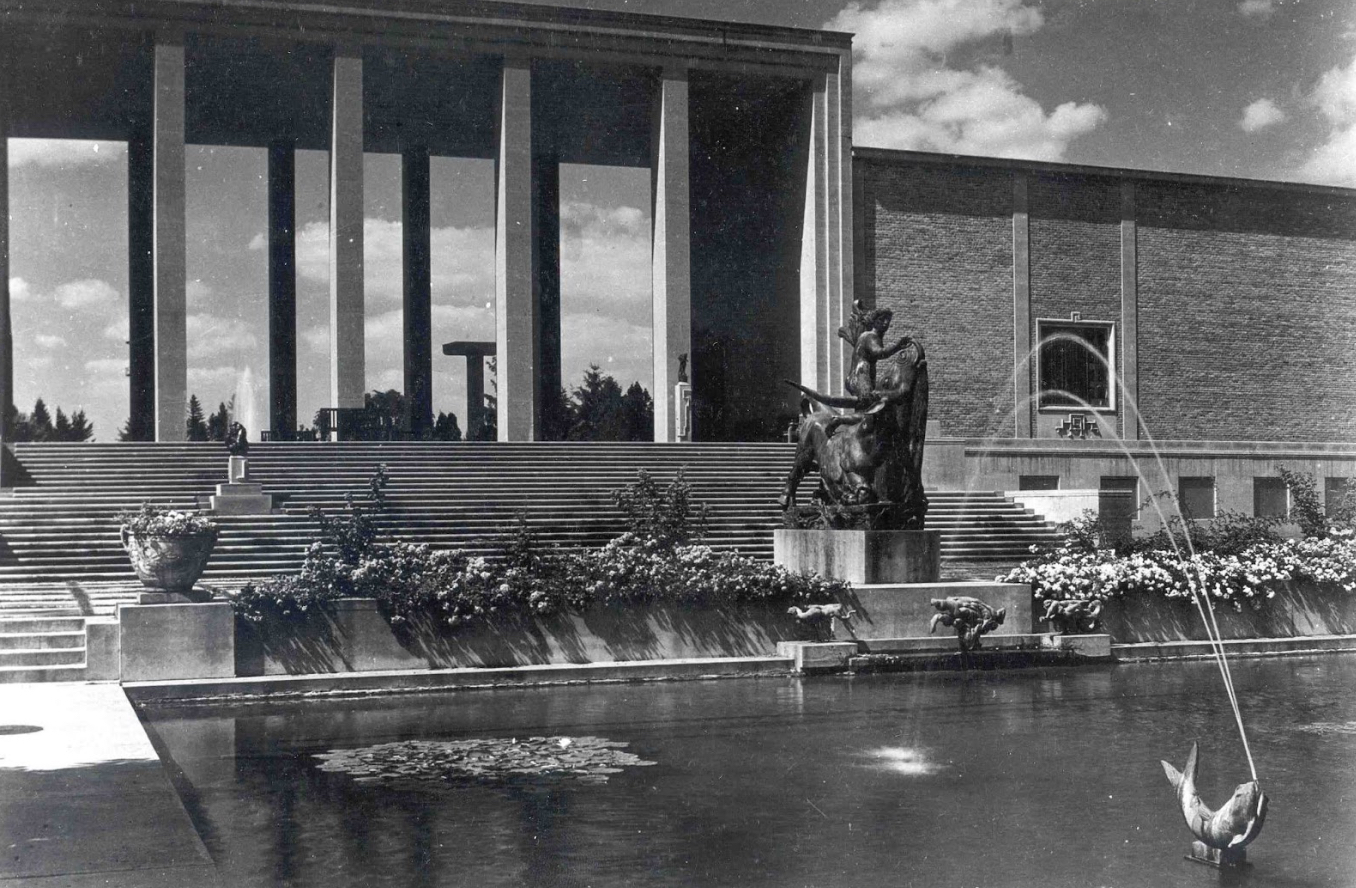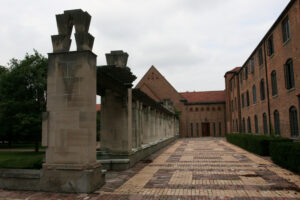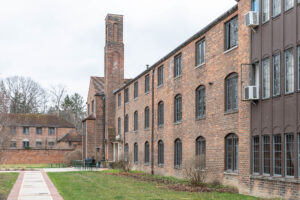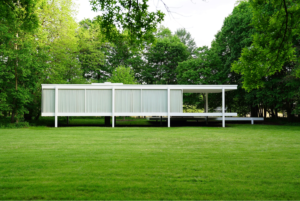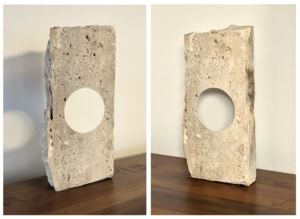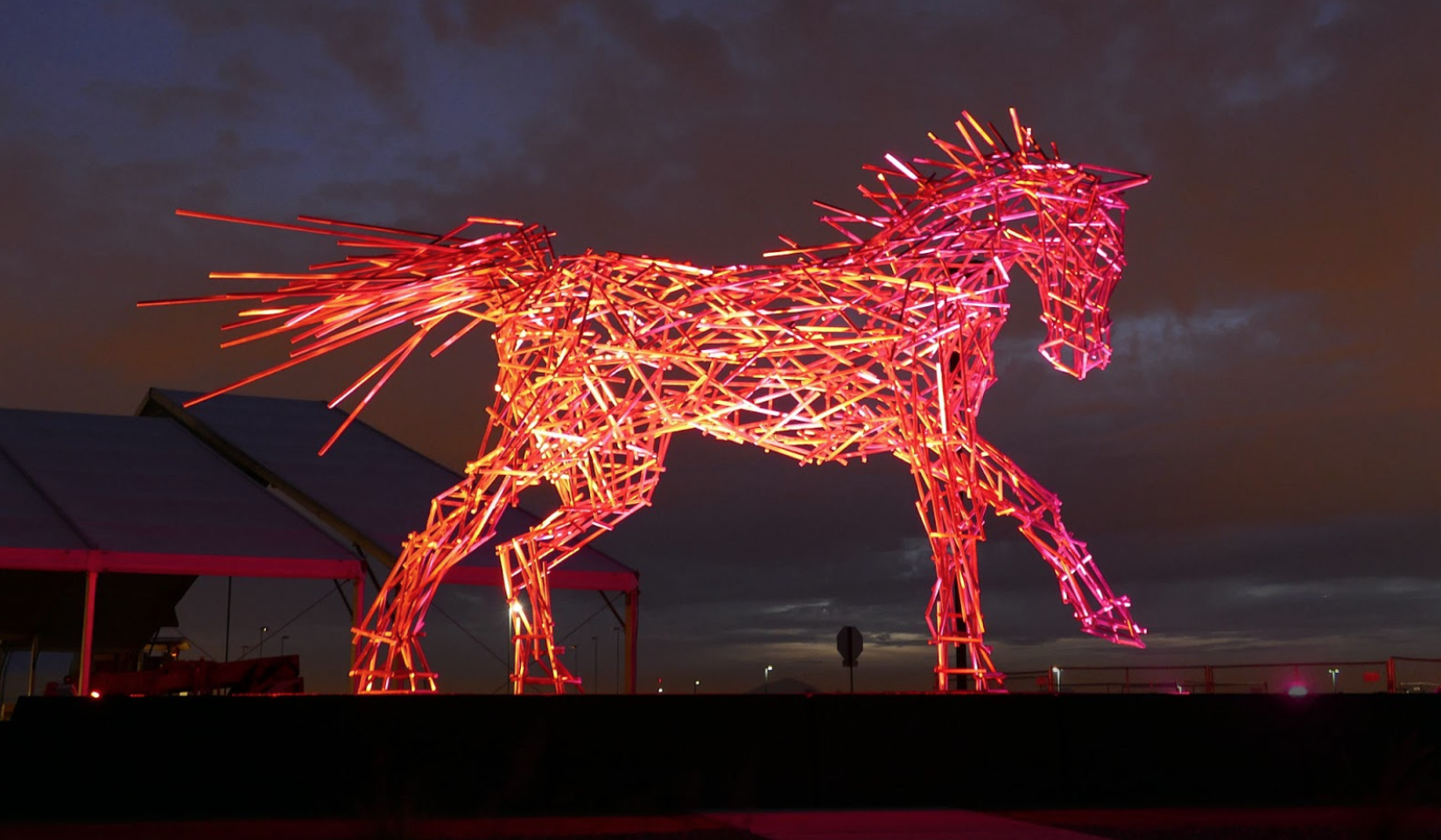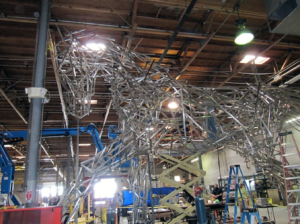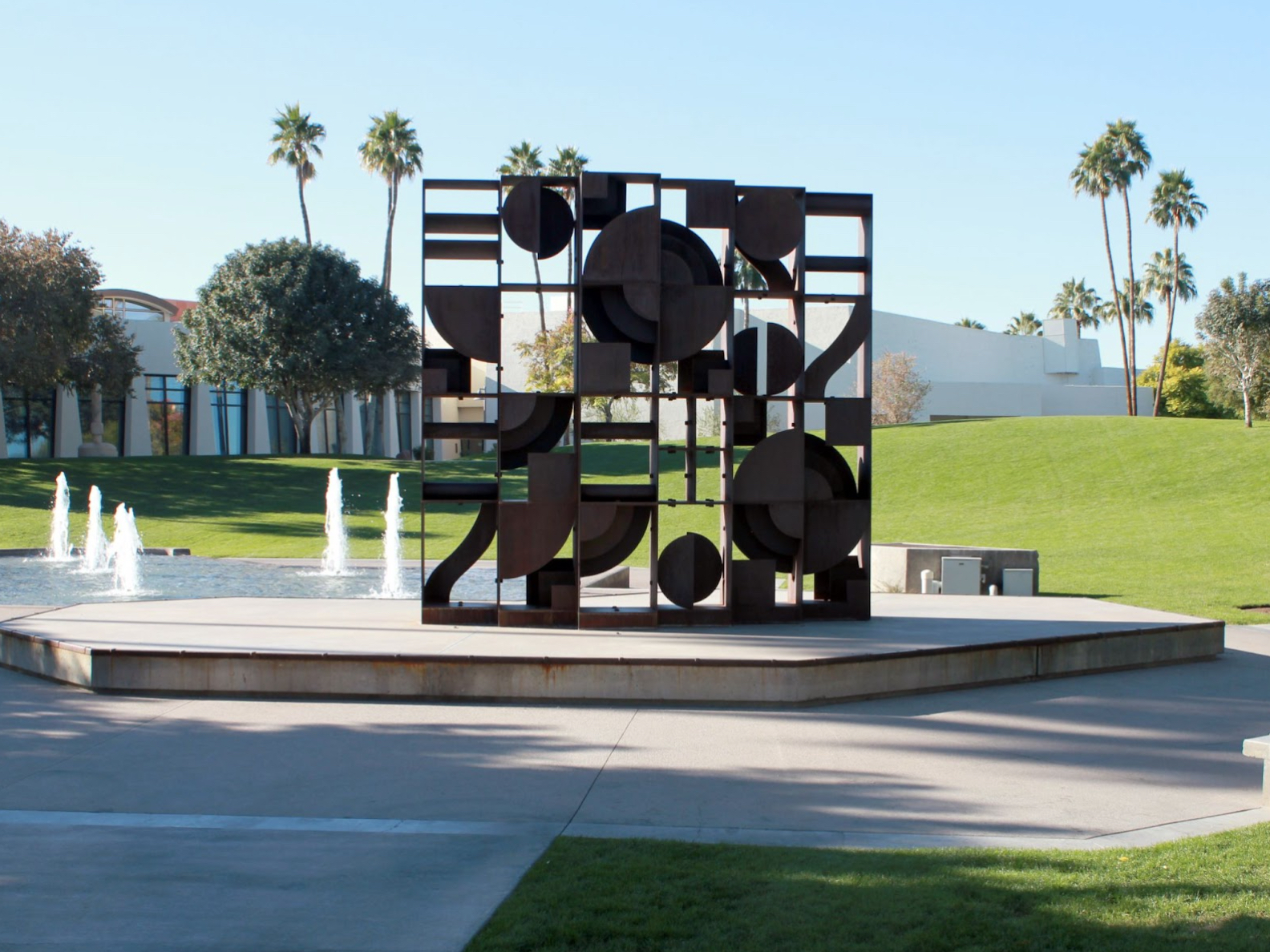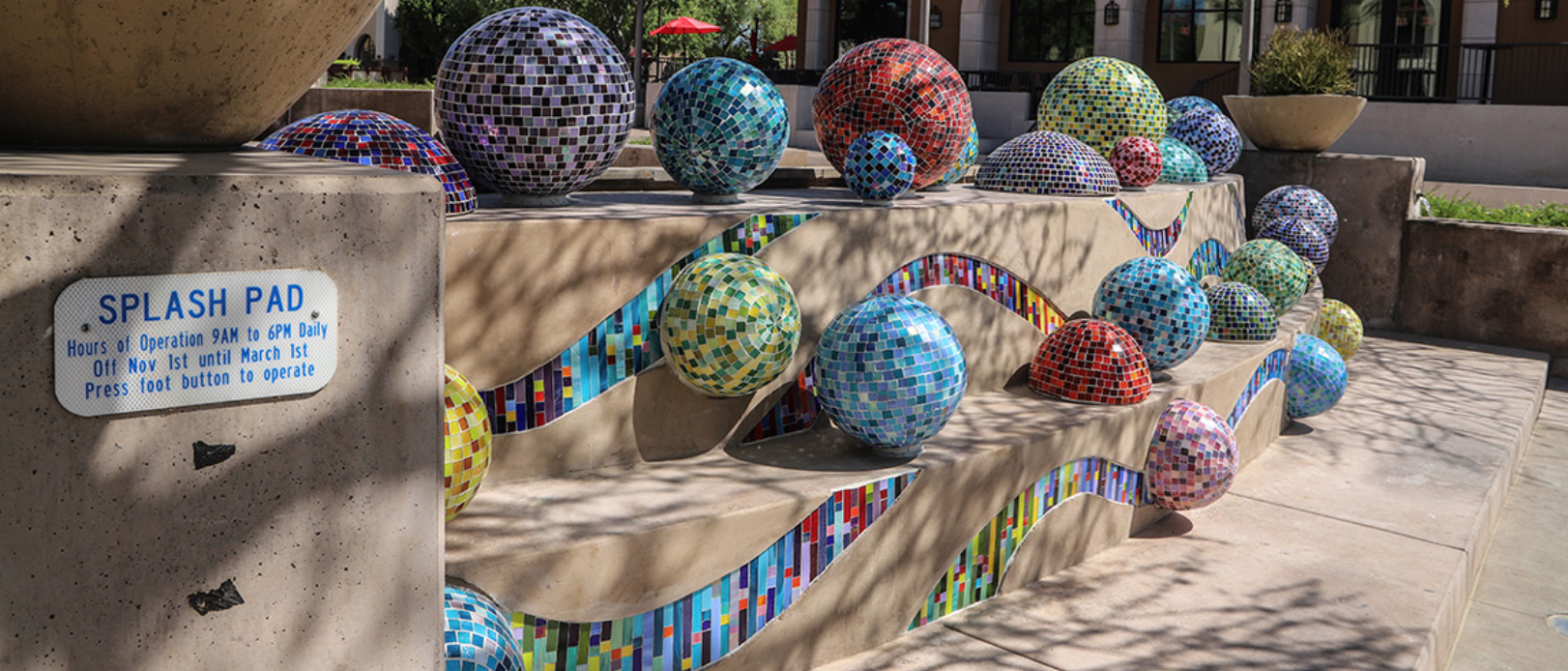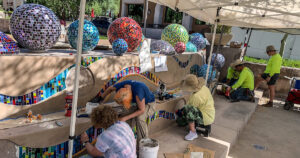At Optima®, our appreciation for public sculpture runs deep. For those who are always on the lookout for memorable leisurely activities, we have a truly special recommendation. The Skokie Northshore Sculpture Park, situated just south of Optima Verdana®, presents a captivating mix of artistic wonder and natural splendor to explore.
The history of the Skokie Northshore Sculpture Park began when the land along McCormick Boulevard and the north channel of the Chicago River had deteriorated into a “neglected eyesore” and was in desperate need of revitalization. This land was owned by the Metropolitan Water Reclamation District of Greater Chicago. In the mid-1980s, the Village of Skokie envisioned transforming it into a recreational haven, complete with jogging paths, biking trails, and picnic areas for visitors to enjoy. Concurrently, a group of citizens saw this as a canvas for displaying large-scale contemporary sculptures.
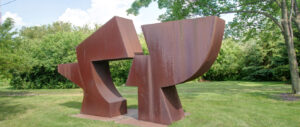
By 1988, Skokie Northshore Sculpture Park was realized. Through the combined efforts of the Village and its citizens, the park was transformed into an amenity rich, open-air art exhibit. Today, the park stretches two miles, from Dempster Street to Touhy Avenue, and proudly houses over 60 sculptures. These art pieces come from local, national, and international artists, making it a repository of diverse artistic expressions.
Visitors are encouraged to delve deeper through expert-guided tours which offer rich insights into the stories behind each sculpture and the artists who created them. Additionally, the park has fostered an educational environment, hosting tailored workshops and sessions. These sessions are designed to cater to schools, groups, and individuals, ensuring a comprehensive understanding of sculpture and art.
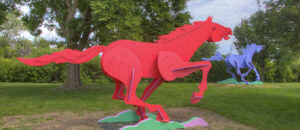
Skokie Northshore Sculpture Park is open year-round with free admission, underscoring the park’s dedication to making art accessible to all. It’s a haven for joggers, cyclists, and families who enjoy picnics. Additionally, the park is fully accessible, accommodating individuals with disabilities.
While the park is open seven days a week, access is limited between 11 PM and 4:30 AM. For art lovers and nature enthusiasts alike, Skokie Northshore Sculpture Park provides an unforgettable experience!
